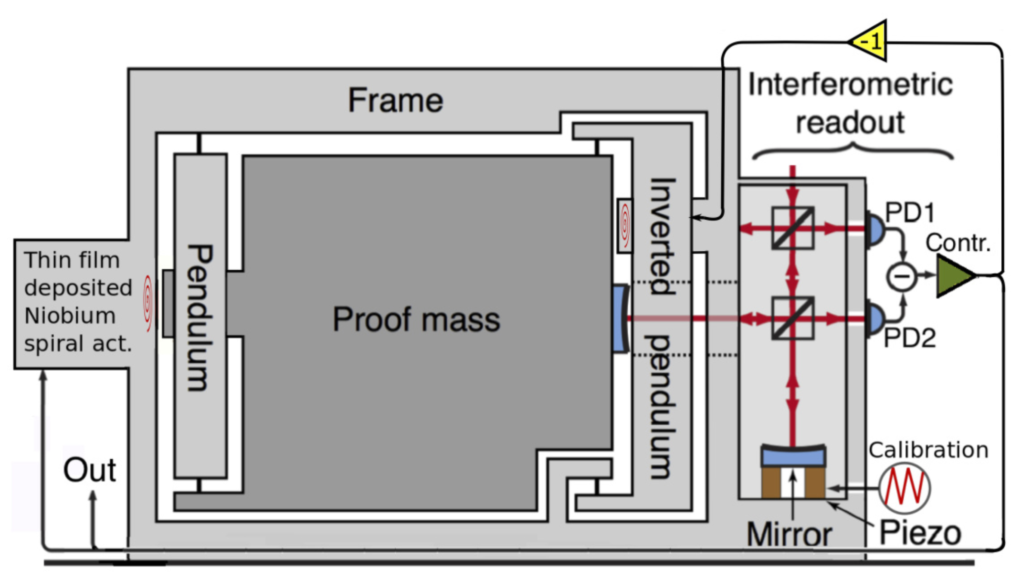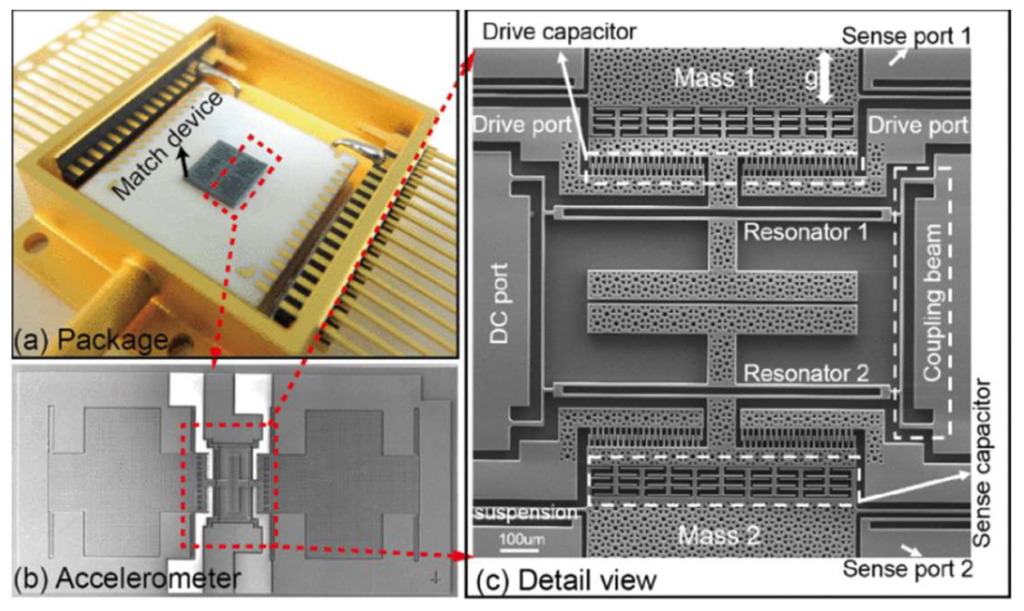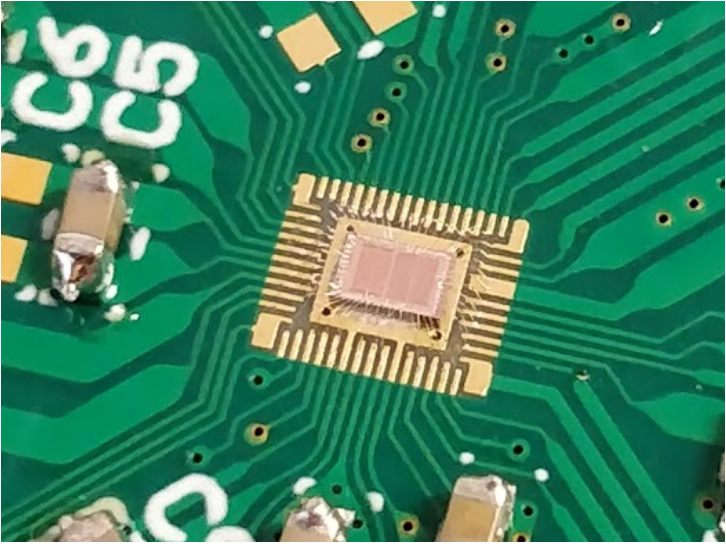The gravitational-wave community in Belgium work on a variety of hardware projects.

Cryogenic inertial sensor development
Francesca Badaracco, Joris van Heijningen
Gravitational wave signals below a frequency of about 10 Hz are obscured by thermal noise in current detectors. Because temperature is the vibration of atoms in some respect, making the distance measurement between the mirror surfaces more challenging, the mirrors of future detectors will need to be cooled down to temperatures around 10 K. We need to control the motion of some of the cold objects, for which we develop inertial sensors that can survive this harsh environment.

Deep-cryogenic CMOS circuits for the Einstein Telescope
Alberto Gatti
The goal of our project is the design and implementation of custom integrated circuits (commonly known as “chips”) in CMOS technology to be used in the ultra-cold vibration control of the Einstein Telescope. Integrated circuits have many advantages over a discrete system in terms of power, size, reliability, performance and signal integrity. However, the models normally used in the design and simulation phases are not valid for extreme temperature conditions. For this reason, at MICAS-KU Leuven, we are currently developing custom deep-cryogenic models that will allow us to ensure the performance of our chips and, in turn, enhance the whole sensor performance of the Einstein Telescope.

Chip design for future GW detectors
Filip Tavernier
Instrumentation is an essential aspect for the successful deployment of future GW detectors (LISA and ET). Critical components profit from a custom chip for optimal performance, maximum reliability and minimal power consumption. On the one hand, my group is developing the radiation-hard front-end chips for the readout of the quadrant photodiodes for LISA. On the other hand, we are working on custom chips for the cryogenic environment of ET. The traditional approach would be to put all instrumentation far away at room temperature. Our approach is to show that it is possible to put custom chips inside the cryostat, which enables better performance.